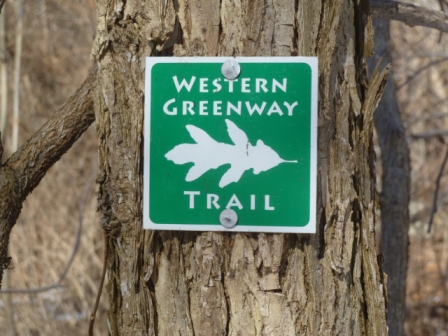 Habitat Education Center and Wildlife Sanctuary in Belmont is proud to be part of the Western Greenway, 1,200 acres of interconnected open space in Waltham, Lexington, and Belmont. This corridor is a valuable and increasingly rare resource in our region, providing natural, cultural, and recreational benefits.
Habitat Education Center and Wildlife Sanctuary in Belmont is proud to be part of the Western Greenway, 1,200 acres of interconnected open space in Waltham, Lexington, and Belmont. This corridor is a valuable and increasingly rare resource in our region, providing natural, cultural, and recreational benefits.
The interconnected lands of the Western Greenway, 20 parcels in all, continues to serve wildlife and people. Among the many species of wildlife living here are wild turkey, foxes, wood frogs, pink lady’s slippers, painted turtles, jack-in-the pulpit, and great horned owls.
Large contiguous open spaces, such as the Western Greenway, also provide us other services. For example, growing trees produce oxygen and remove and store carbon dioxide from the air, thus slowing global warming. Wetlands act as sponges soaking up rainfall and snow melt, thus preventing flooding. Wetlands also filter impurities from water before they reach our waterways.
The best way to appreciate the value of the Western Greenway is to walk its seven miles of emblazoned trails between Habitat in Belmont and the Robert Treat Paine Estate in Waltham, viewable on the Greenway Map. Habitat is offering a guided walk of this route on May 4.
To learn more about or to become more involved in protecting the Western Greenway, please contact us.

